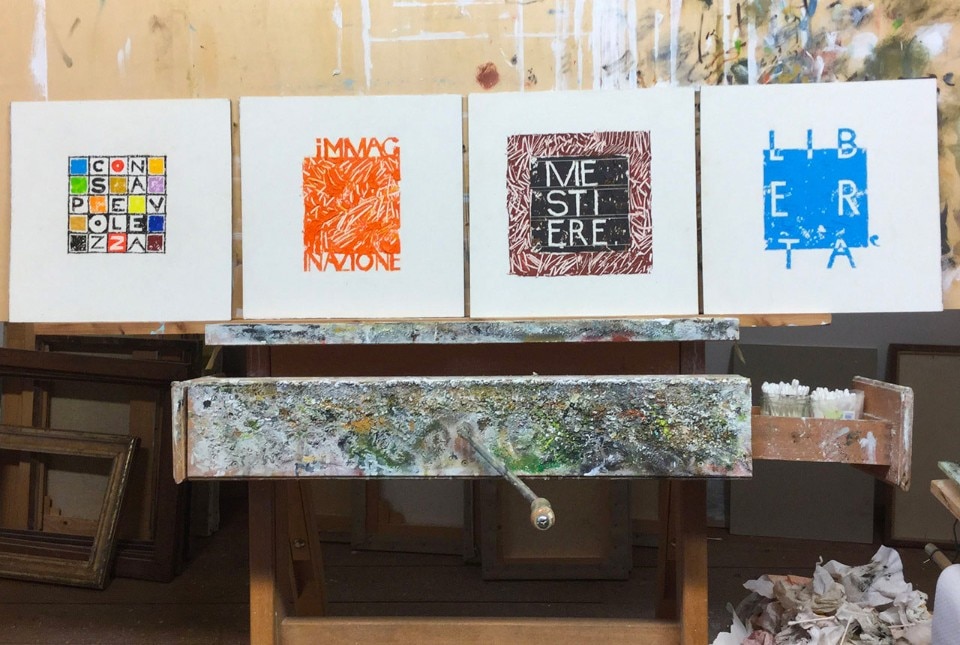Unlike all the other arts, the making of architecture expresses only and “collective states of mind and intentions”. Therefore, taking as our departure point the character that most belongs to it and is inherent in it – the fact that it is an eminently collective deed – we have considered it necessary that this particular type of human making must be carried out above all as the final expression of an accomplished design theory. We have therefore exposed the matter of the construction of a theoretical system that is as much as possible suited and conformed to our times, the times we live in, and indissolubly linked to it to fully support the craft of the architect today. Precisely these two elements – a design theory and our times – construct the materials necessary and indispensable to the architect in order to accomplish his work. For this reason, we have devoted our latest editorials to the construction of this theory. We have done it now and not earlier, because we believe that only currently have the right conditions finally been recreated to enable this construction. Indeed, a renewed and growing capacity to listen is an increasingly salient feature of current times and the people living in them. With trust and dedication, we wish to address mainly them, in the hope that our notes might help them to envisage a new world more just and balanced than today’s.
We must acknowledge that the relation between theory and practice has been interrupted and spent
It should be remembered that architecture is not a completely free art
The complexity of life should be neither simplified nor reduced, but studied and understood; in the awareness that it is unique, singular and unrepeatable for every one of us, and that for that very reason can accept no generalisation. Life is irreducible and the sole way of tckling it for the architect is to work, case by case and place by place, to seek it and to recognise it with patience and perseverance, firstly within the communities that express it and are its custodians. It is the architect’s duty to look for all this, to establish the contents that will be the basis of their actions, the contents that cannot be relinquished because there are necessary to the best practice of their profession, fully, reliably and jointly.
This may be their first necessity: that of having strong and shared contents to be transfigured into contemporary architectural forms. However, the architect’s main task remain in any case that of how to implement that transfiguration; and it is a how that cannot escape the fact that the contents are collective and belong to everybody, and for that very reason it is the architect’s duty to make their work evident and transparent, to describe its passages and its objectives, to make their endeavours as manifest as possible. The architect cannot therefore hide behind a presumed and arrogant, inexplicable and unexplained creativity, so unsuited to their craft and to its role. Instead, they should undertake a fully comprehensible action previously discussed and shared. We are not saying that it is possible to entirely describe the architect’s work. For it will be manifest and visible only at the end, once the project has been realised and concluded.
The architect’ job is a cognitive one and not just an applied technique
It is indispensable today for the architect’s work to be supported by a complete theory of design
Top: Tullio Pericoli, Consapevolezza, immaginazione, mestiere, libertà, 2017


